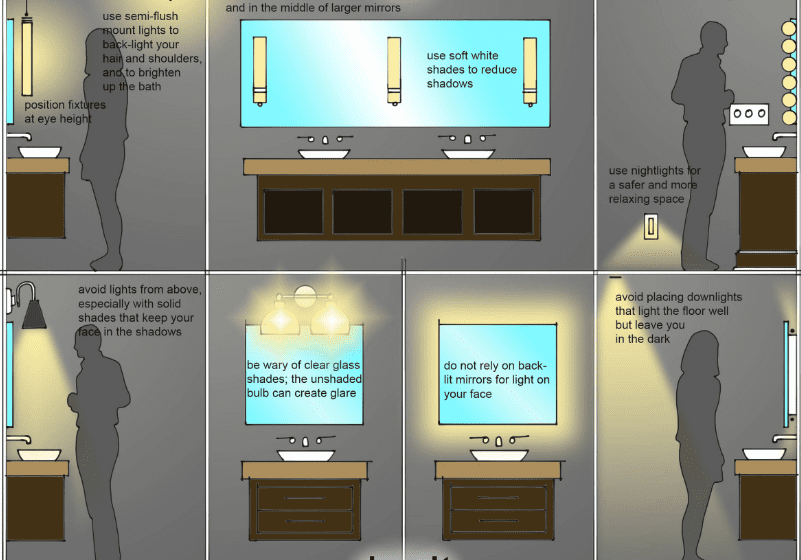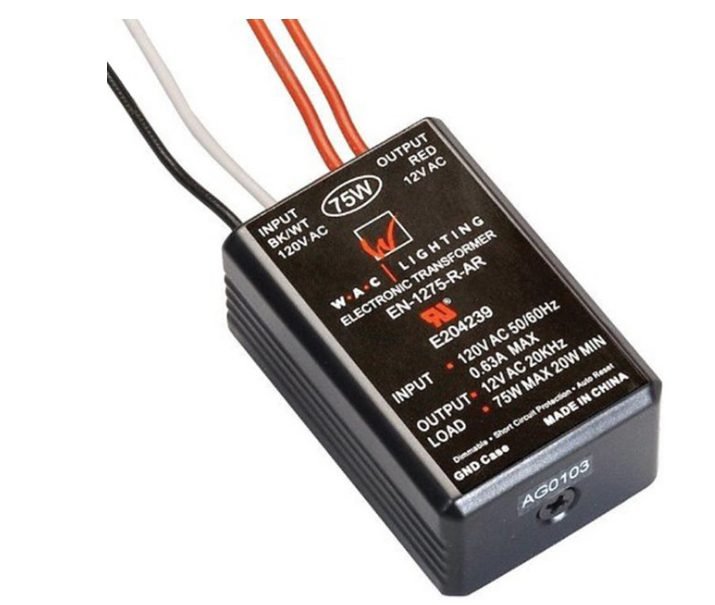Usually a broken thermostat can be easily identified when the temperature in your apartment starts to fluctuate almost uncontrollably and the thermostat goes on and off without any reason. Although today thermostats are more complicated than in the past, there are still many old types having a temperature-sensing reed or a mercury switch that will turn on or off the radiator.
However, regardless of their type thermostats are simple devices that rarely break. Even so, if something is goes wrong with your heating, you need first to check the thermostat.
Start by determining what type of thermostat you have. In fact, all thermostats, digital or mechanical are low-voltage wired to your furnace. Therefore, inspect first all electrical connections within the body of your thermostat.
SEALED DIGITAL THERMOSTAT TYPE
You should know that for a new type such as a sealed digital type your repair options are quite limited. However, you can check if its battery is in good conditions and if dirt or grime does not obstruct the flow of the air.
Check if the thermostat selector switch is set to “Cool” or “Heat” as applicable. Make sure that the system time is OK and the clock is twelve hours off, otherwise the furnace considers it is the time to sleep and stop the heat.
Smart Heating Controls Help You to Save Energy (howtobuildahouseblog.com)
MECHANICAL THERMOSTAT TYPE
It is much easier to repair a mechanical thermostat.
Usually a mechanical thermostat uses a spring, actually a bimetallic spring that switch the heat on and off. The bimetallic spring is a very ingenious system. This coiled spring of two different kind of metals expand or contract at completely different rates when temperature is changing.
When the bimetallic spring expands, it will open a circuit and your heating system shuts off. When it contracts, it will close the circuit and your heating system is turned on.
Many types of mechanical thermostat use a tube filled with mercury that is a good electricity conductor. This mercury-filled tube will open and close the electrical circuit.
However, newer thermostat types avoid using mercury-filled tubes for environmental reasons. Instead, they use contact points, made of copper, which if touched will close the circuit.
Usually a mechanical thermostat may break or can be jammed because of broken or bent parts. Put the thermostat in full open position and then in close position and make sure its lever is sliding easily.
If it is jammed open carefully and gently the cover and remove the stuff that cause the jam.
If it is not jammed and the controls move freely and easily then copper contact points must be dirty or maybe corroded. You can clean these contact points with cotton swabs. Prepare a water and mild vinegar solution and soak these cotton swabs in it.
NOTE: Clean gently the copper contact points and then allow time to dry before reassembling the thermostat body. Test the thermostat to see if it works without any problems.
Use also a small vacuum cleaner or “canned air” to remove the dust without touching the coiled spring. Also remove all the dirt and dust from the base plate.
If your thermostat still does not work perhaps, it is the time to replace the thermostat with a brand new seven-day programmable one. You can install easily your new thermostat and a new thermostat it is a worthwhile investment. However, before buying a new one make sure that your cooling and heating system function properly.



